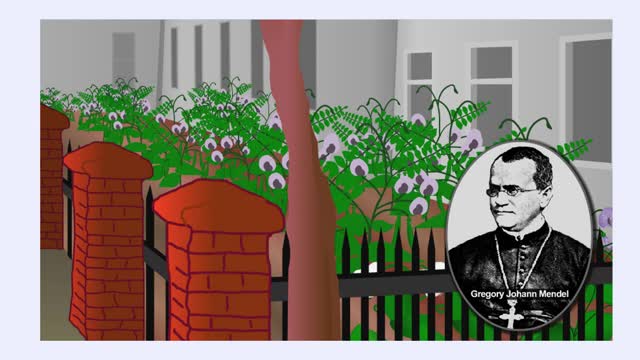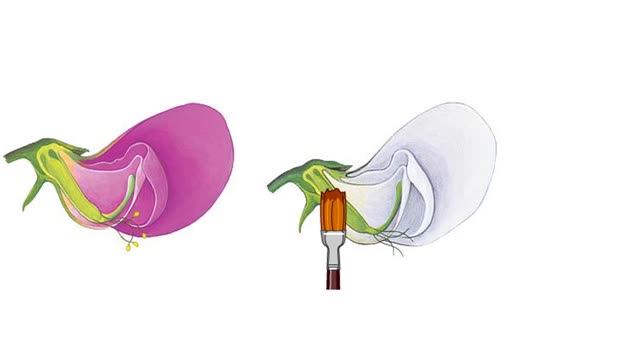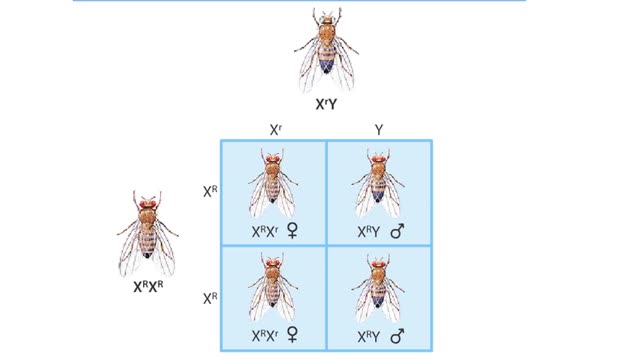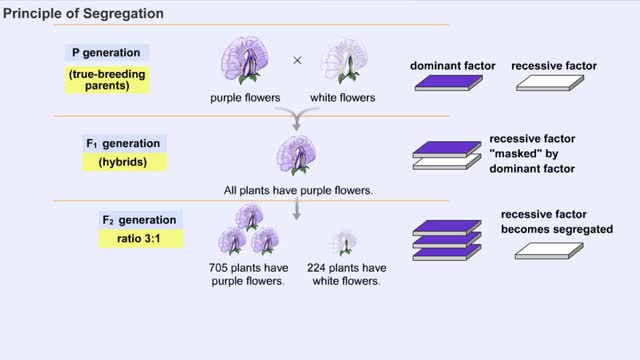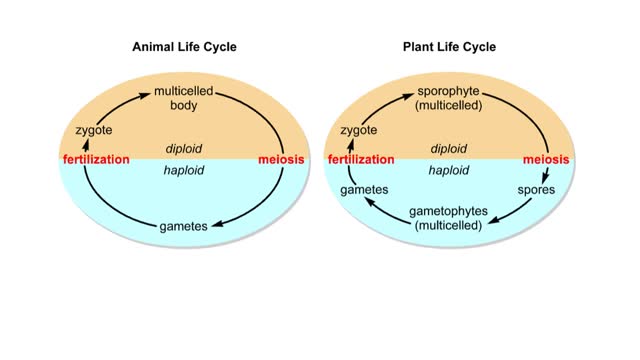Search Results
Results for: 'Mendelian Inheritance'
Mendel's Principles of Inheritance (Father of Genetics)
By: HWC, Views: 10747
Gregory Johann Mendel, a monk living in the mid-1800's, is known as the "Father of Genetics" for his experiments with pea plants in the abbey garden. These experiments led him to deduce the fundamental law of genetics. Mendel was an Augustinian friar who entered, in 1843, the Abbey of St. Thom...
By: Administrator, Views: 14073
Genetics is a branch of biology concerned with the study of genes, genetic variation, and heredity in organisms. Gregor Mendel, a scientist and Augustinian friar, discovered genetics in the late 19th-century. Mendel studied "trait inheritance", patterns in the way traits are handed down from p...
Mendel's pea plant, Pisum sativum experimental
By: HWC, Views: 8950
Mendel chose the garden pea plant, Pisum sativum, for experimental tests of his ideas about inheritance. Under normal circumstances, the garden pea plant is self-fertilizing. This cross-section shows the gamete-forming structures. Sperm-producing pollen grains form in the stamens. Eggs deve...
Sex-Linked Traits! How are eye colors inherited in fruit flies?
By: HWC, Views: 10083
The eye color gene is located on the X chromosome (one of the sex determining chromosomes of Drosophila). White eye color is recessive. When a red eyed male mates with white eyed females, their daughters will have red eyes, but their sons will have white eyes.
Mendel's Principles of Dominance, Segregation and Independent Assortment
By: HWC, Views: 10715
Mendel selected true-breeding parents with contrasting traits, for example, purple and white flower color, and performed reciprocal crosses by choosing pollen from one parent and hand pollinating the seed-forming parent with this pollen. A cross-fertilization resulted from this procedure. In t...
Generalized life cycles for plants and animals Animation
By: HWC, Views: 5228
But the life cycles of plants and animals differ in their details. In animals, a multicelled diploid stage gives rise to single-celled haploid gametes, the eggs and sperm. These gametes combine at fertilization to form a diploid zygote, which grows and develops into a new multicelled animal...
Advertisement



